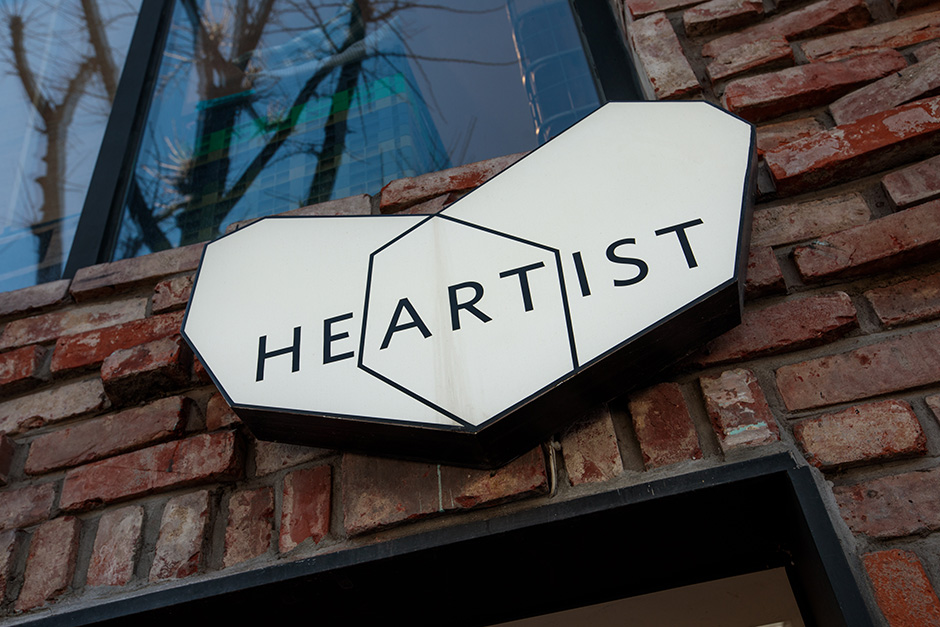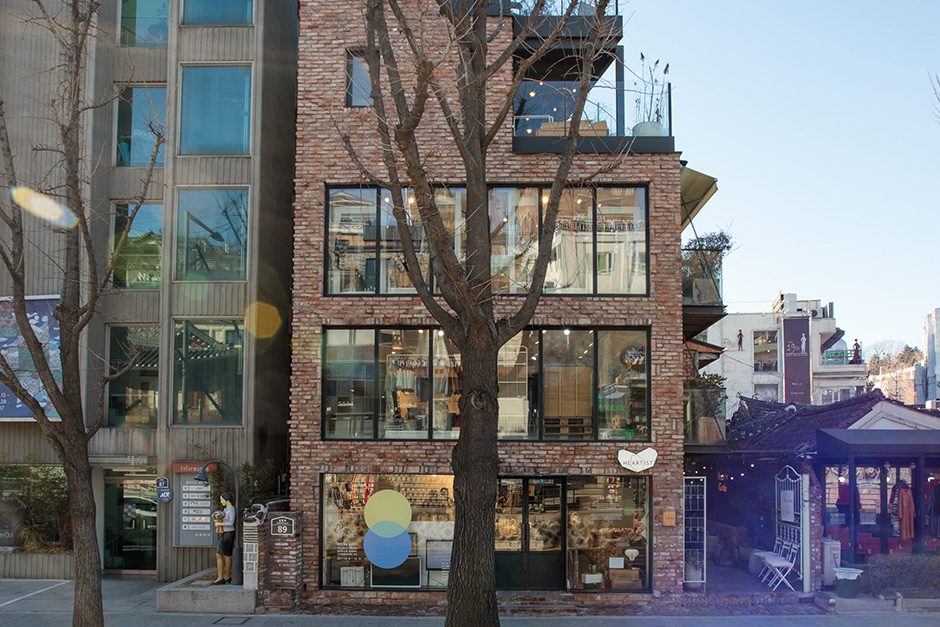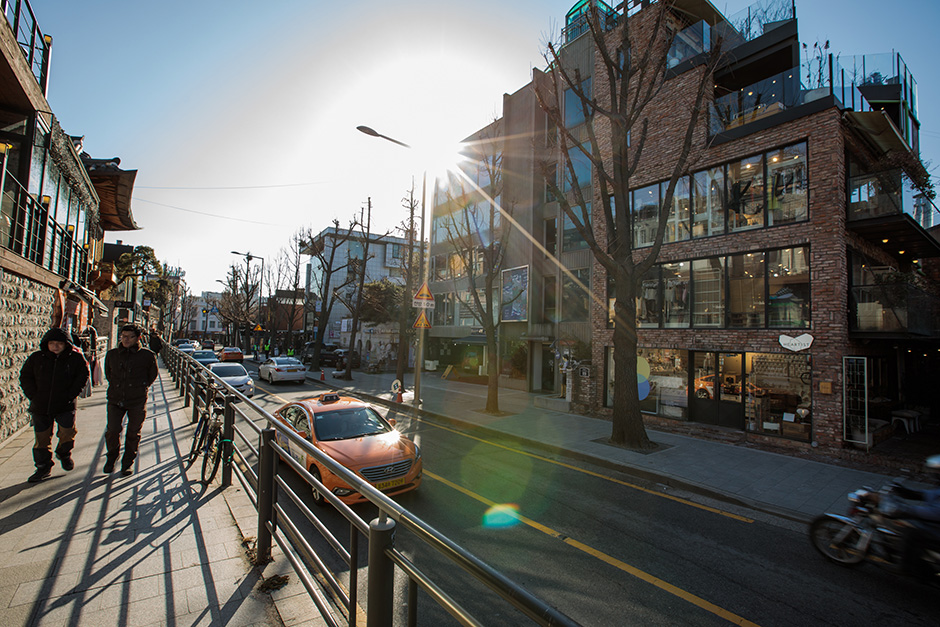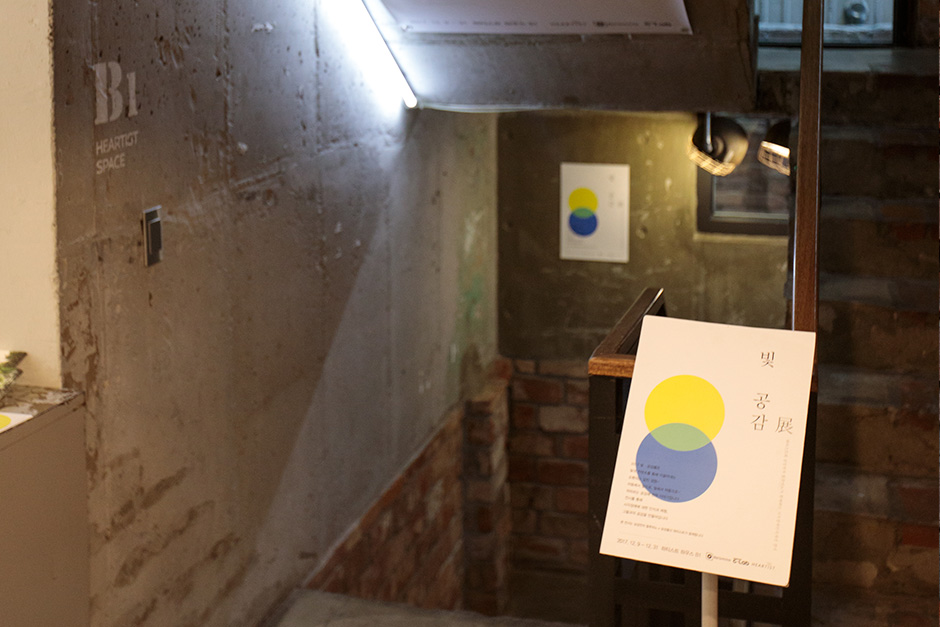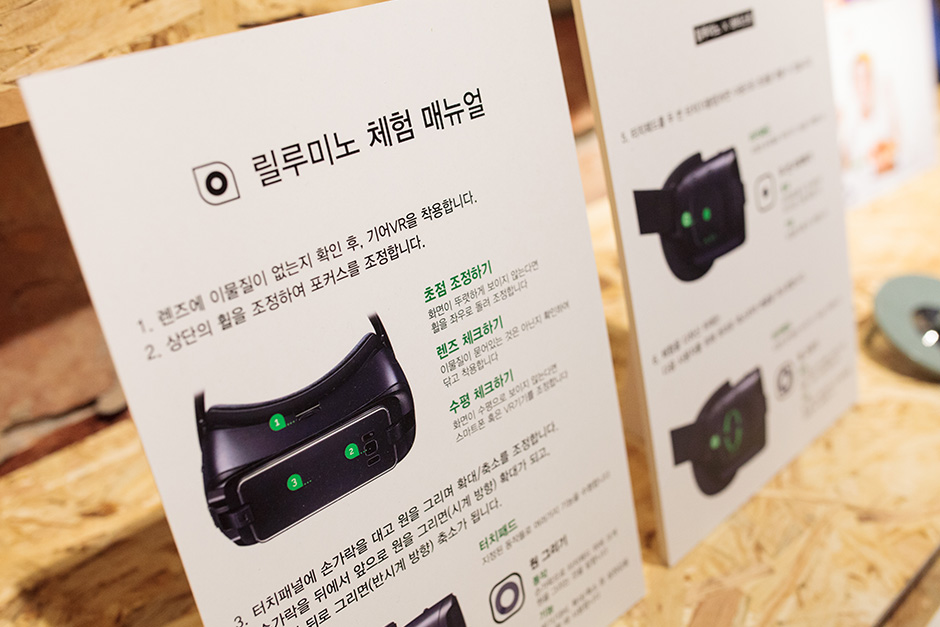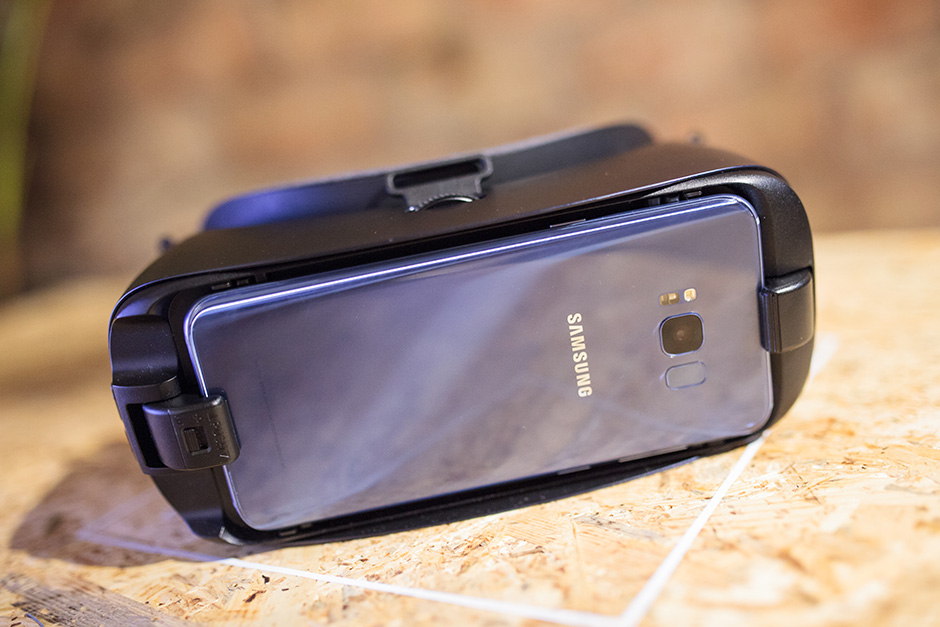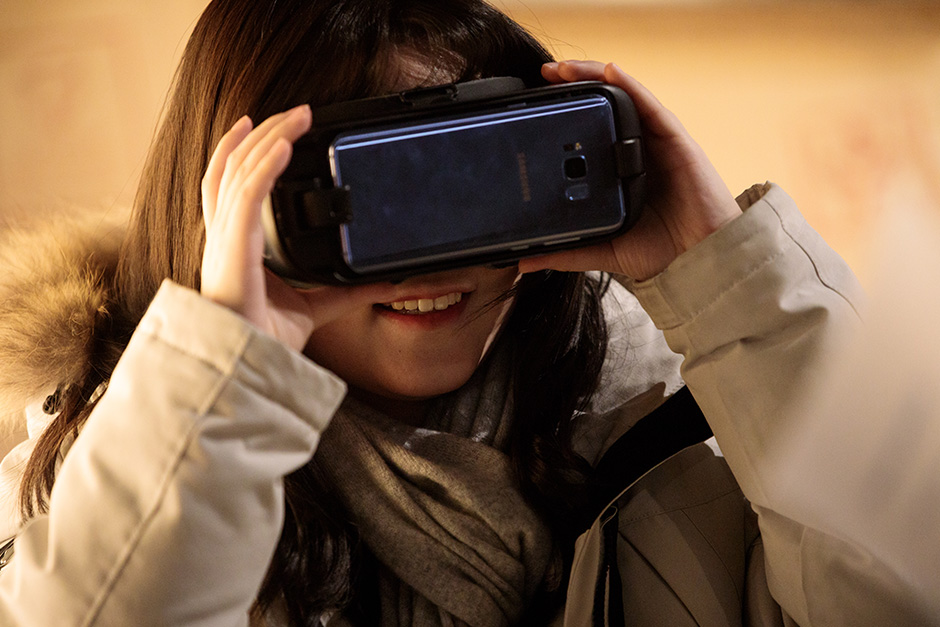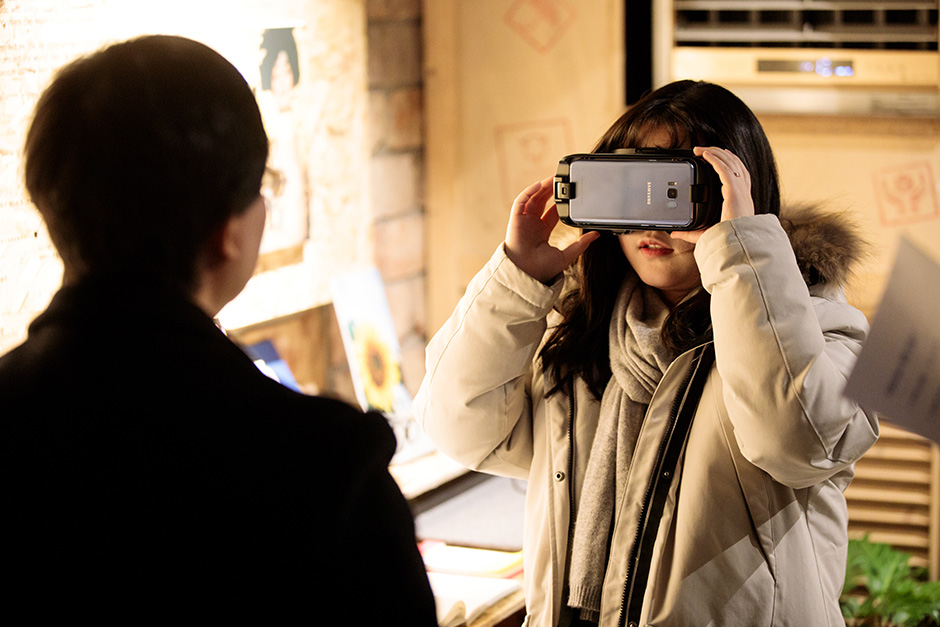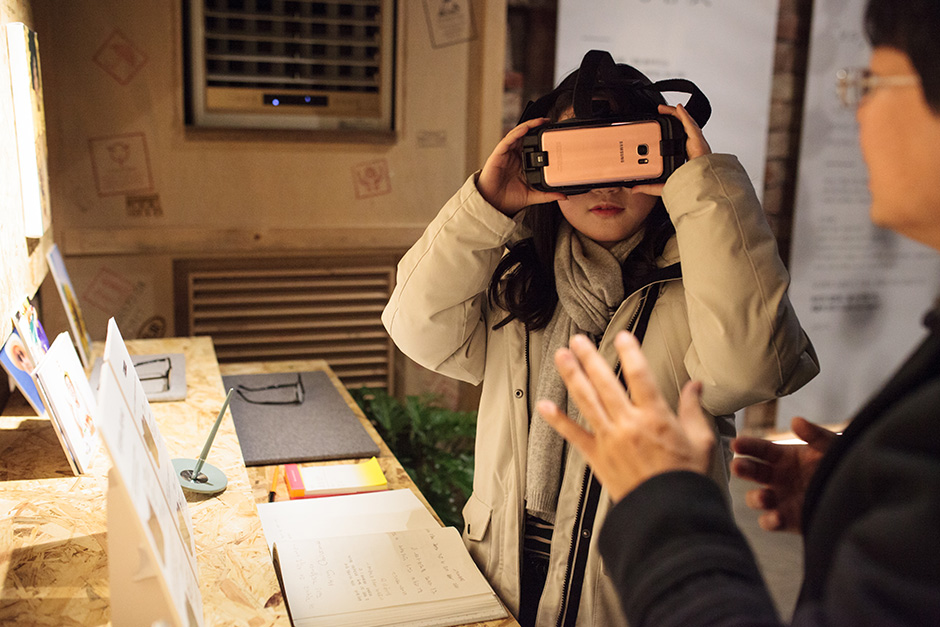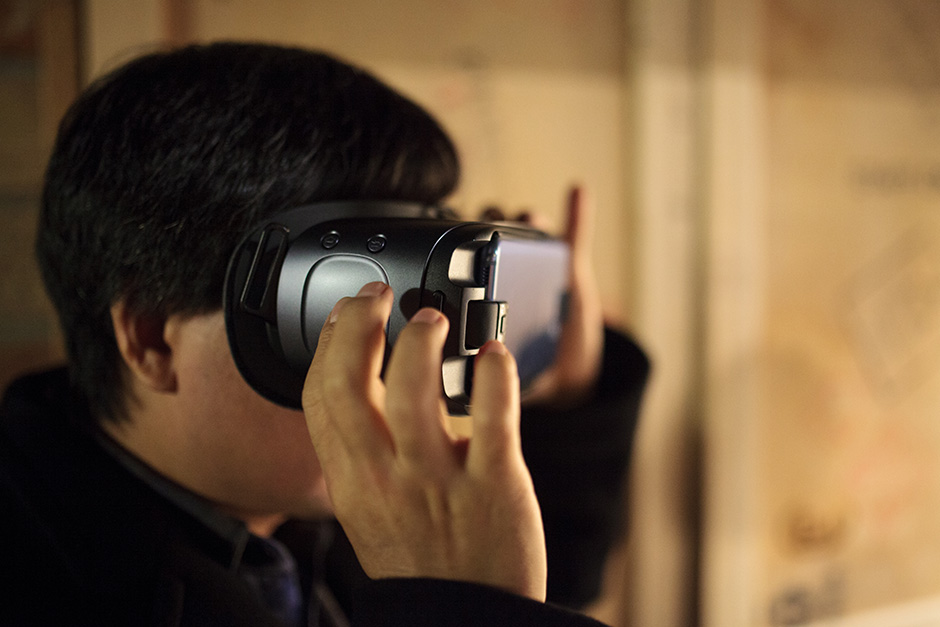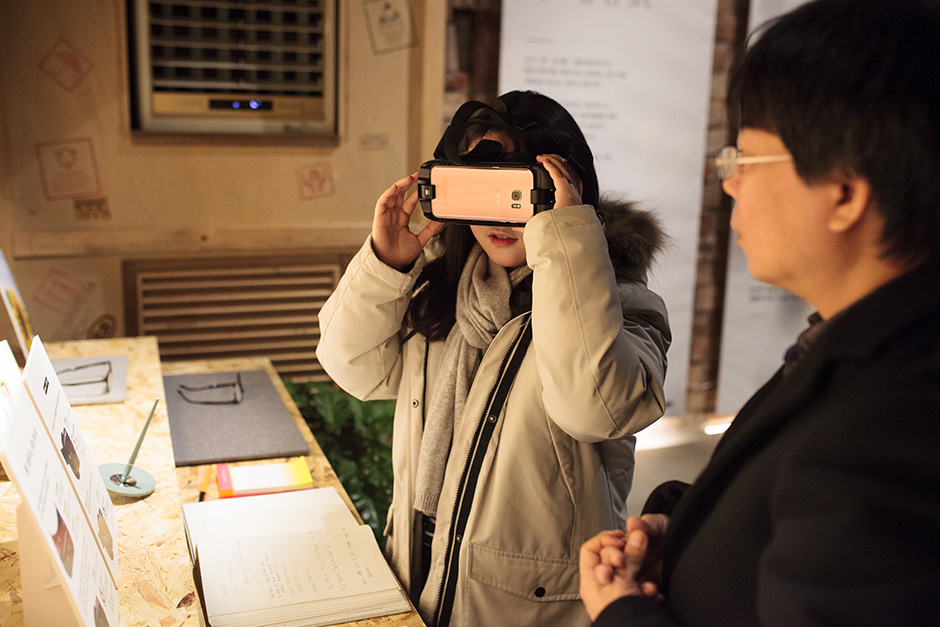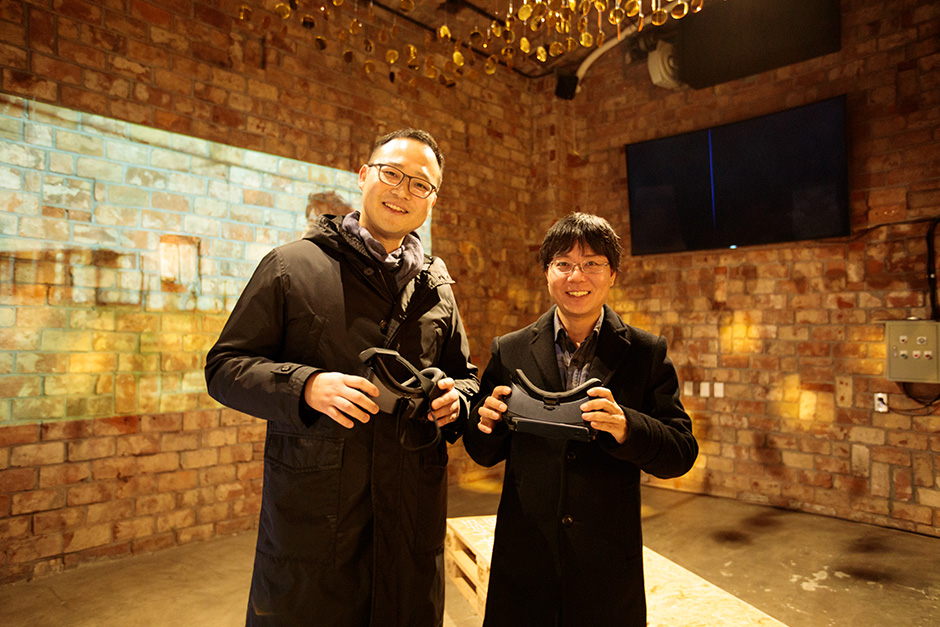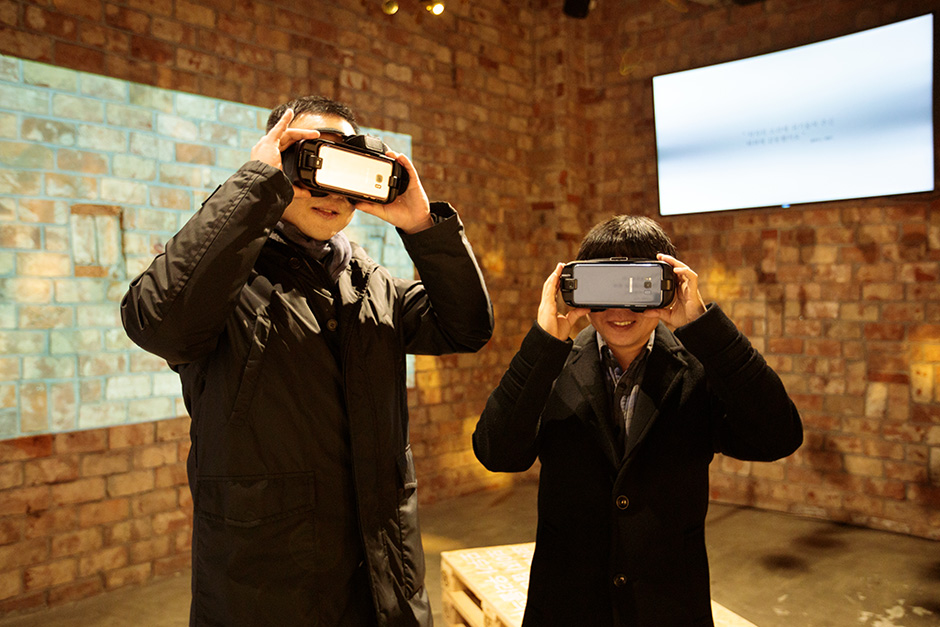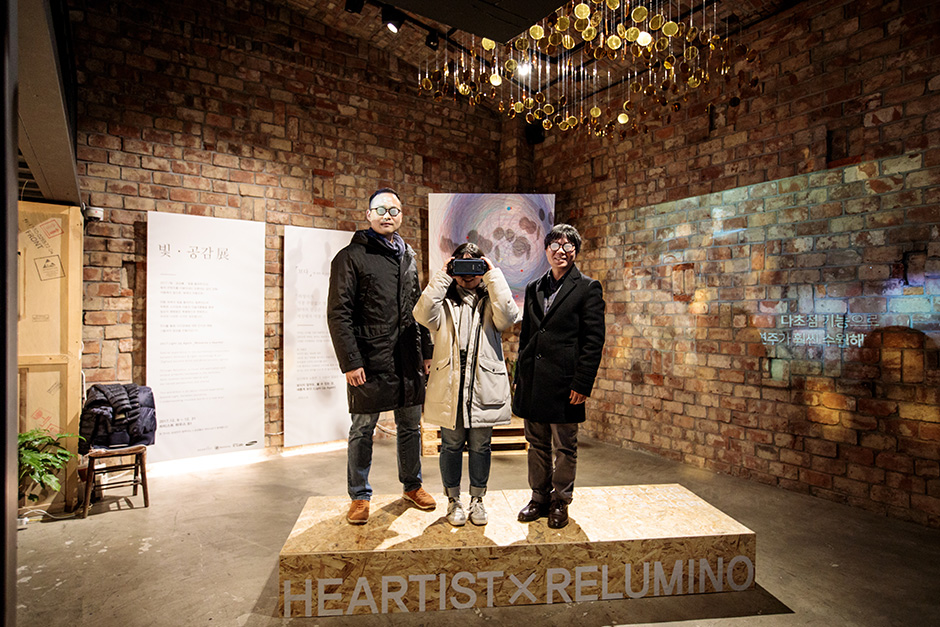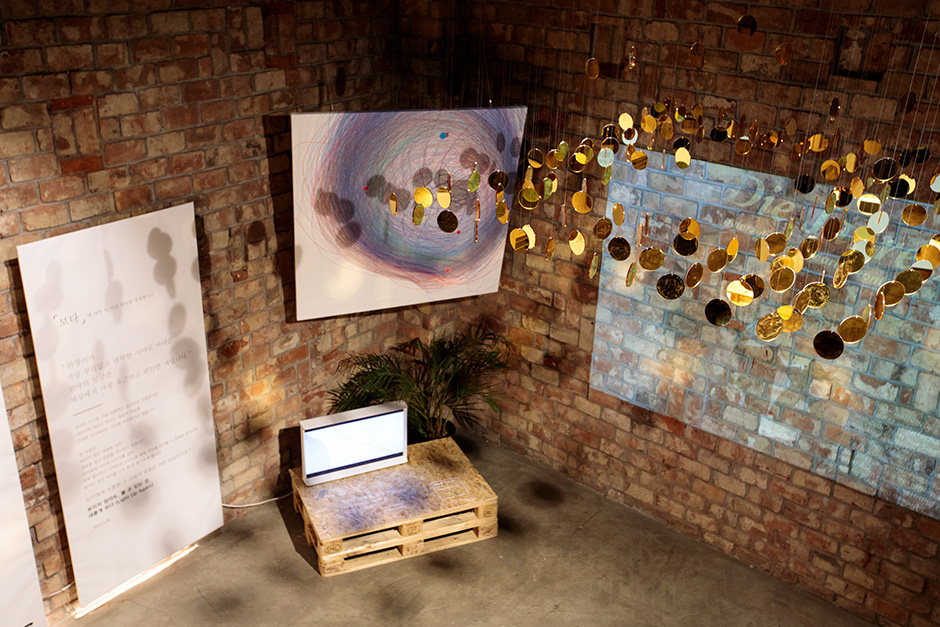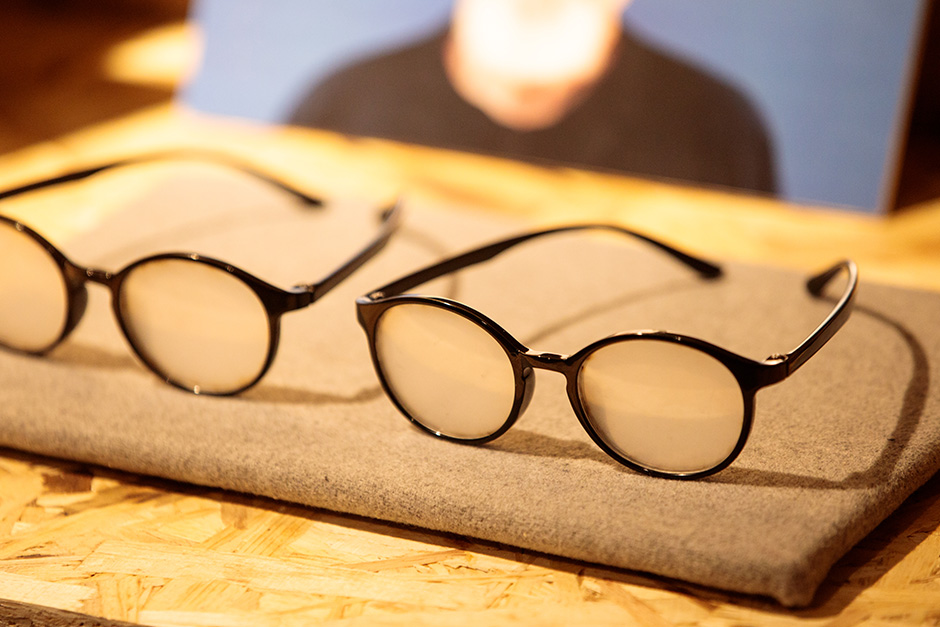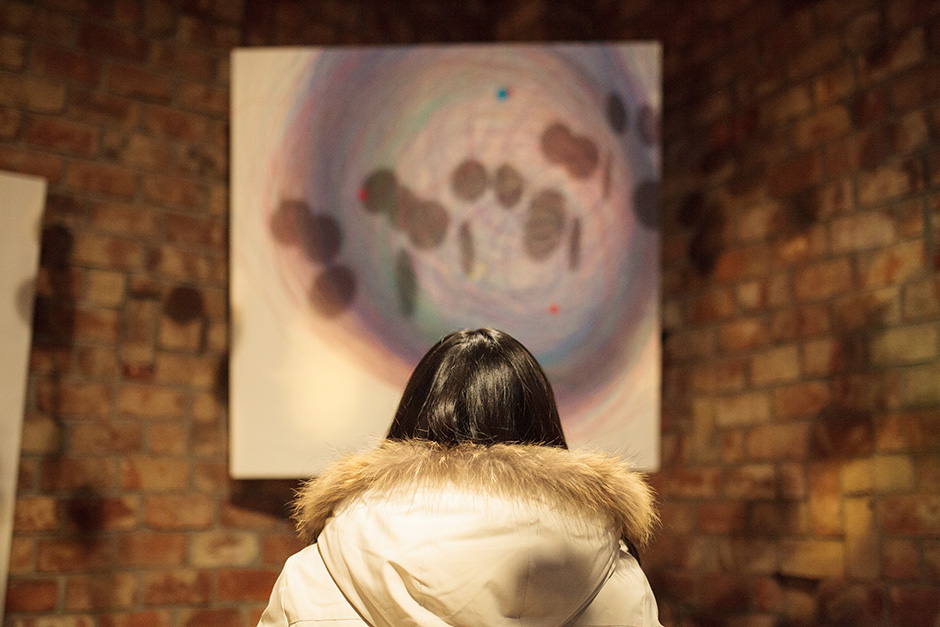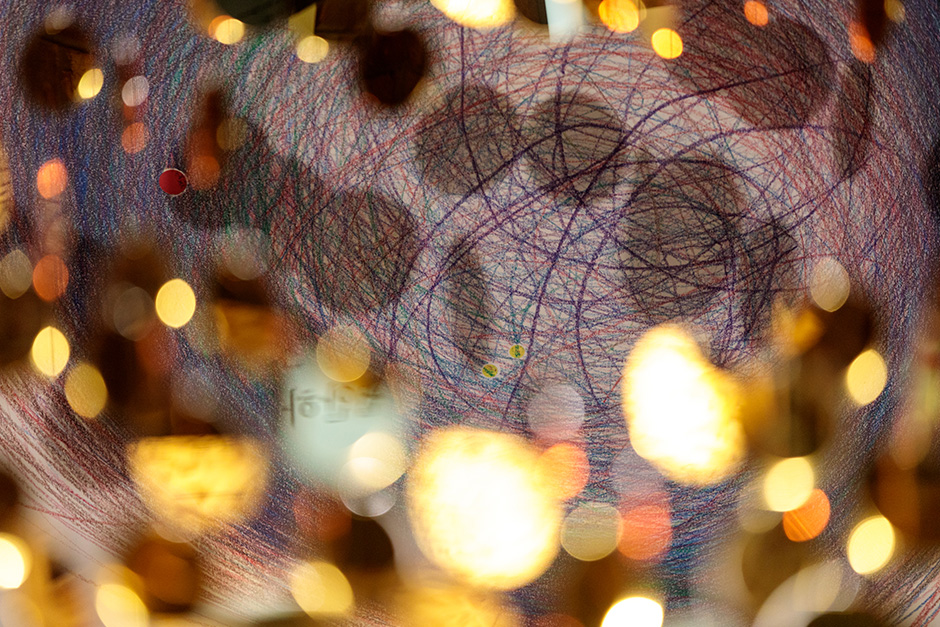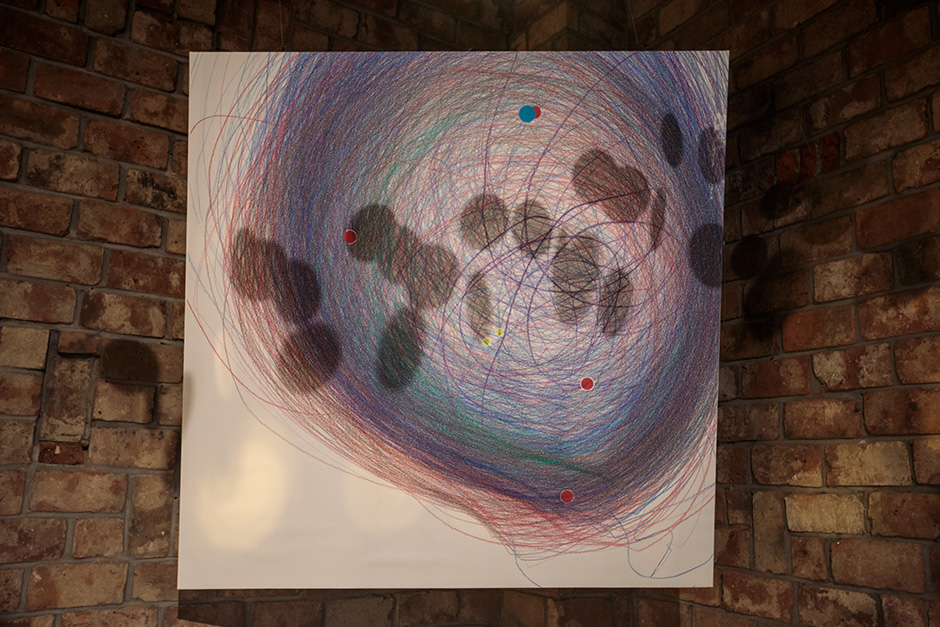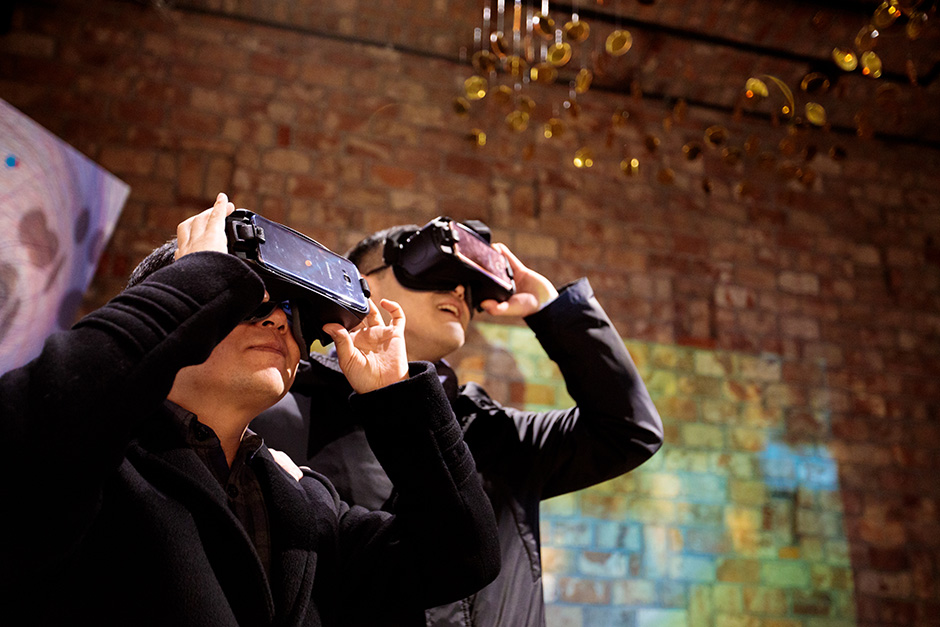Think of the last time you saw a blind character in a movie, how was the person portrayed? The answer would most likely be someone who only sees darkness, relies on a cane or guide dog, and perhaps has enhanced hearing or sense of smell.
While over 200 million people in the world live with the condition, misguided assumptions about visual impairment are rife.
Such misconceptions may seem innocuous at first, but hearing people with visual impairment speak about how others react to their disability shows the harm they can do. From awkward social encounters to being denied job opportunities, stereotypes can impede individuals from achieving their true potential.
When it comes to visual impairment, there’s clearly more than meets the eye. With the hopes of educating the public about the disability, Samsung C&T’s Heartist House hosted the ‘2017 Light Up Again’ exhibition between December 9, 2017 and January 14, 2018 at its shop in Samcheongdong.
Giving Sight, Improving Lives
A pair of Gear VR goggles was one of the first things you saw at the exhibition. But they were no ordinary VR devices.
When visually impaired student Kim Min Young tried on the VR headset for the first time, there was an instant smile on her face.
“It’s so nice to see things more clearly,” the 21-year-old education student said as she glanced around the exhibition space.
What made the VR goggles so special was an app called Relumino, which means ‘to return back the light’ in Latin. Developed by a team of engineers at Samsung Electronics, the app adjusts images captured on a smartphone camera to enhance the vision of people with visually impairment.
Senior engineer and leader of the project Junghoon Cho explained that the initial idea for the app came after he learnt that over 90% of people with visual impairment enjoy watching TV, much to his surprise.
The story behind the technology shows just how much people with visual impairment’s lives can be improved when misconceptions are challenged.
Light Up the Dark
Since it was launched in August last year, the Relumino app has been downloaded over 1,000 times, bringing life-changing impact to individuals worldwide.
“I used to get really close to the screen when I was watching the TV. Now I can just sit on a couch and relax,” a student from Hanbit School for the Visually Impaired wrote on a card displayed at the exhibition.
As for Kim, her visit to the exhibition has brought her hope for the future.
“When I teach children in the future, I want to be able to see their facial expressions so that I can understand how they are getting on,” she said. “I believe I will be able to teach with confidence with Relumino.”
Seeing from the Other Side
With songs performed by a blind pianist filling the venue and devices which allowed visitors to experience the world through the eyes of the visually impaired on display, the theme of challenging common assumptions ran through every detail of the exhibition. But no exhibit captured that spirit better than the large painting which hung in the center of the atrium.
Expressive lines swirled around the center of the canvas, decorated with delicate drops of color, the artwork was created by a visually impaired student who took art classes ran by Heartist House and Another Way of Seeing Foundation. After the student had learnt about the meanings and emotions of different colors and shapes, she decided to create a portrait of the person she held dearest to – her mother.
Not only did the painting provide a rare glimpse into how people with visual impairment perceive the world, it was also a statement which showed what they can achieve when given the right tools and guidance.
Shining Light
The positive impact of 2017 Light Up Again has given Samsung C&T tremendous encouragement in the company’s mission to help improve the lives of people with visual impairment. With numerous campaigns planned for the coming year, the company aims to bring hope to more individuals around the world.
As for Relumino, engineers behind the project hopes to apply the technology to smaller devices. With Cho and his team working tirelessly on their next development, it may not be long before we see a pair of smart glasses that can reduce visual impairment.


